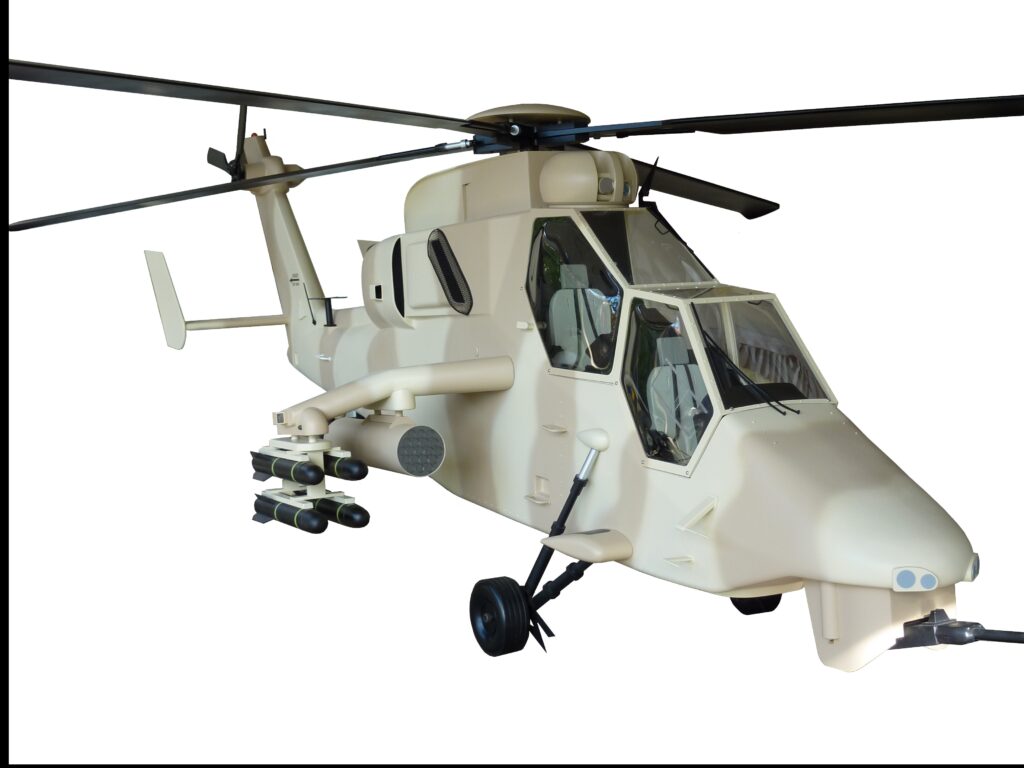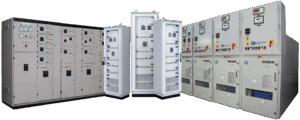When people hear the term military models, they often picture miniature tanks, aircraft, and naval vessels neatly displayed in a glass cabinet. While these scale replicas can be appreciated for their craft, there’s a lot more to them, especially in defence circles. These models aren’t just hobbyist collectables; they play a key role in serious military planning and important presentations.
Let’s take a closer look at how these models are more than just plastic and paint. They’re tools that help shape decisions in some of the most secure and strategic environments.
Why Defence Teams Still Rely on Military Models
Digital technology is everywhere, so it’s easy to think all military planning happens on computers. But sometimes, what you can touch and see in three dimensions gives a much clearer picture than any software ever could. That’s where military models come in.
In a planning room full of senior defence officials or international delegates, a scaled model of a battlefield, base or strategy zone helps cut through the confusion. It doesn’t rely on specialist software or technical skills to understand. It’s immediate, physical and easy to follow, just like a good explanation.
Think of it like looking at a 2D house plan versus walking through a detailed miniature of the same home. One needs a bit of imagination. The other gives instant understanding.
Making Strategy Tangible: The Power of the Physical
Seeing the Whole Picture
In the military, a clear understanding can save lives. A model of a combat zone or base can show hills, buildings, roads and barriers in a way that’s much easier to grasp than a flat map or digital screen. Whether it’s for a joint mission or a training session, these models bring the whole situation into focus.
Working Better as a Team
When different departments or allied forces come together, things can get confusing fast. By putting a model on the table, everyone can see what’s being talked about. It sparks questions, ideas and teamwork. And you don’t need to be a tech expert to get involved.
Planning for the What-ifs
Military leaders always need to think ahead. What if the main road is blocked? What if enemy troops move in from a different side? A military model makes it easier to look at those questions and come up with smart answers. It’s a safer way to test ideas before anyone is put at risk.
Military Model Making: More Than Just Building
Behind every good model is someone who understands what it’s meant to show. Military model making isn’t just about glue and paint. It’s about helping people understand big, serious situations in a clear way.
Details That Matter
Every hill, road, runway or vehicle in a model has to be the right size. But it also has to be placed in the right spot. The people who build these models often work from satellite images or special maps. Accuracy isn’t just preferred, it’s needed.
Picking the Right Materials
Some models need to be moved around often. Others stay in one place, like in a command centre or classroom. Depending on how the model will be used, it might be made from plastic, foam, resin or wood. The material depends on what the model is for and who needs to use it.
Being Quick When Time Is Short
Sometimes a sudden event means a new plan is needed. And that means a new model. Experienced military model-making teams are used to working fast. They can put together detailed models in just a few days when needed. That’s part of why they’re trusted by defence teams.
Real-World Uses for Military Models
Talking to Governments and Decision-Makers
Not every leader has a military background, but they still need to understand defence plans. A scale model helps defence teams explain things clearly to ministers, city leaders or global partners. It strips away the military language and shows what matters.
Training the Troops
Models are also used in classrooms and training areas to help soldiers picture what they’ll face. Whether it’s a new base, a tricky landscape or a complex city layout, these models give teams a better idea of what to expect. It’s all about preparing smart and staying safe.
Looking Back at the Past
Military models aren’t just for future planning. They’re also used to study past events. Detailed recreations of battles can help people learn from history. They’re often used in discussions about peacekeeping and diplomacy. Seeing what happened in physical form helps everyone understand it better.
Why Physical Models Still Matter
Even with all the tech around us, real models still hold their place. People respond better to what they can see and touch. It makes things easier to understand and discuss. A model clears up confusion and helps everyone focus on what matters.
Imagine trying to understand a mission with only spreadsheets and a map full of tiny symbols. Now imagine standing over a 3d model where you can see everything in one go. The difference is clear.
The Human Side of Military Model Making
The people who build these models aren’t just makers. They’re problem solvers. They work closely with defence teams to make sure every part of the model tells the right story. Their job is to turn plans and data into something you can see and understand in a snap.
This work takes skill, patience and a real eye for detail. But more than that, it takes good communication. The model maker needs to understand what the defence team wants to show. Then they bring it to life, piece by piece.
Looking for a Clear Way to Share Big Ideas?
If you ever need to explain a serious idea in a simple and quick way, it helps to get support from people who specialise in this kind of work. Take a business like Austek Models, they’ve worked with defence teams to put together clear, practical displays that make planning easier to understand. When you’re dealing with big plans and only have a small area to show them, a service like this can help make things clearer for everyone involved.
Let Military Models Bring Clarity to Your Plans
Whether you’re preparing for a mission, training new recruits or explaining plans to decision-makers, military models can make the message land clearly. With skilled military model-making behind them, these models do more than sit on a table. They help people understand, plan and act with confidence.






